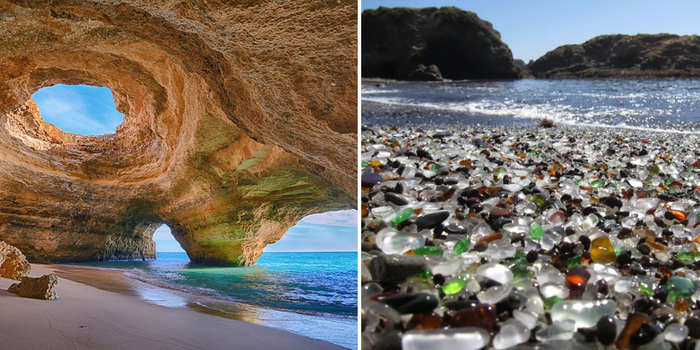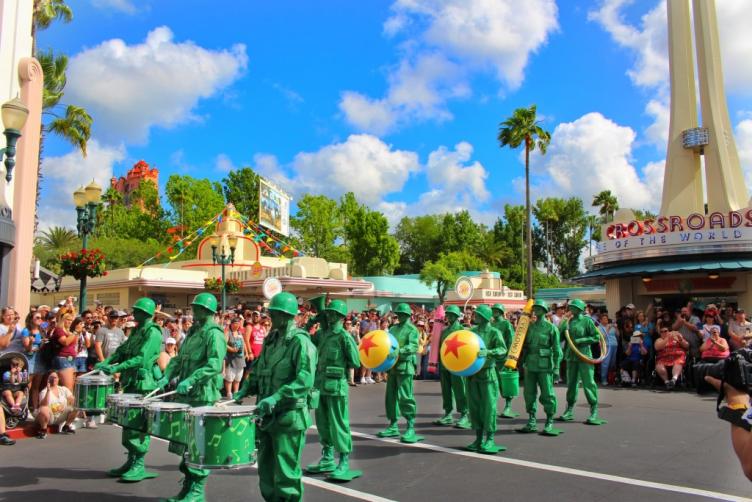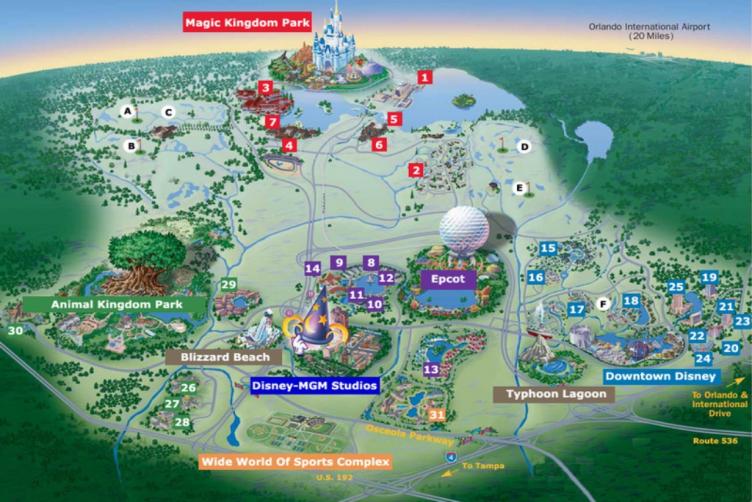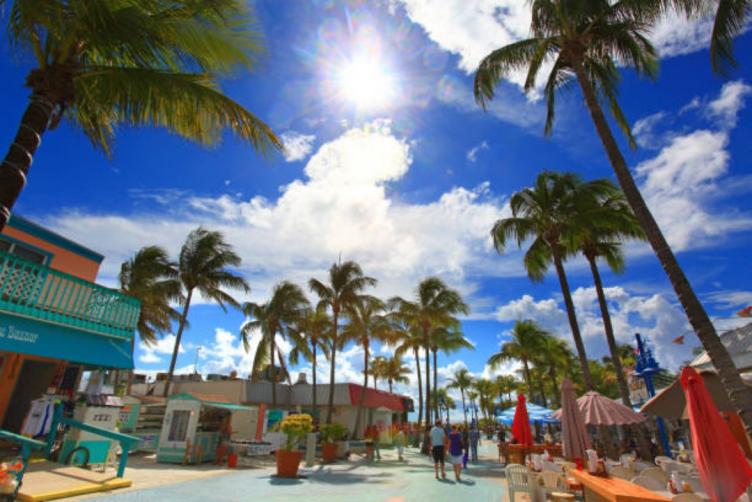Top 15 Unusual Beaches in The World

1. Glass Beach, California
We all know that perfectly white sand is not a prerequisite for a beach to be exquisite. But this beach is not made of sand at all, but millions of pieces of beautiful, multi-coloured sea glass. For almost twenty years, from 1949 until 1967, people dumped household refuse, large and small, into the ocean at this site – something that is unthinkable today. Years of surf pounding what used to be a dump, has resulted in one of the world’s most unusual beaches. The unique material of the beach is also conducive to many tide pools that are great for exploring and searching for wildlife.
2. Red Sand Beach, Hawaii
Also known as Kaihalulu Red Sand Beach, this beach is for a true adventurer. With no lifeguard or facilities and the path that leads to the beach slippery with pine needles and crumbling cinder, you may wonder whether it’s worth the trip. But the uniquely contrasting colours of the red-black sand, the green of the surrounding forest and the blue of the sea is truly something to behold. The sand’s colour comes from the crumbling cinder cone hill surrounding the beach.
3. Maho Beach, Saint Martin
Most people go to the beach for quiet relaxation, but not the beachgoers at Maho Beach in Saint Martin. They risk being blown into the water by the jet blast of airliners departing and landing at neighbouring Princes Juliana International Airport. But this hasn’t stopped plane spotters from flocking to the beach according to the flight timetables posted in most of the beach’s bars and restaurants. True enthusiasts can even listen to the radio exchanges between pilots and the control tower at The Sunset Beach Bar and Grill, which broadcasts them on its outdoor deck.

4. Papakolea Beach, Hawaii
If red sand isn’t unusual enough for you, head to South Point in Hawaii’s Ka’? district to witness a beach with green sand. The beach is enclosed by Pu’u Mahana, a cinder cone, or a steep conical hill of volcanic fragments. So where there are now idyllic blue waters was once the mouth of a volcano. The beach’s sand is green because of the olivine crystals from the surrounding cone, a mineral that is one of the first crystals to form as magma cools after a volcano eruption. This beach is not only secluded, but it takes some serious effort to reach.
5. Hot Water Beach, New Zealand
Hot Water Beach, on the east coast of New Zealand’s Coromandel Peninsula gets its name from the hot springs that bubble up through the sand between the high and low water tidemarks. Be sure to go around low tide, when for a four hour window, you’ll find it possible to dig your feet into the sand to discover hot water below the surface. Create your own thermal bath in the sand and soak in waters up to 64?C (147?F).
6. Hyams Beach, Australia
Hyams Beach, on the shores of Jervis Bay in New South Wales, is remarkable in that it holds the record for the World’s Whitest Sand, according to the Guinness Book of World Records. Visiting this beach, you’ll feel like you’re on a desert island despite being only a 3-hour drive from Sydney, as it is bordered by two national parks. Native plants, animals and birdlife abound – check out the kangaroos that hang out on the beach in the mornings and dolphins swimming nearby.
7. Punalu’u Beach, Hawaii
Punalu’u Beach on Hawaii’s Big Island offers plenty in addition to its unusual black sand. Not only is this beach famous for its black sand, made of basalt and is created as lava flowing into the ocean explodes and cools, but this beach is also a great spot to see the honu (Green turtle), which is an endangered species. Seals, hawksbill turtles, dolphins and humpback whales can also be spotted if you’re lucky. If you go, remember that the turtles are endangered, so you must respect their space.
8. Mission Beach, Australia
At first, there might not appear to be anything unusual about this beautiful, golden-sand beach in Queensland, Australia. This beach has some of the most picturesque beach views along the entire east coast of Australia. It’s surrounded by a lush wet tropical rainforest that’s World Heritage Listed and looks out onto the spectacularly blue Coral Sea and the famous Great Barrier Reef. There are plenty of accommodations and outfitters if you’re looking for scuba diving, snorkelling, fishing, sailing, white water rafting, even skydiving and rainforest walks. At first glance, you might not notice that this beach is so unusual.
9. Rainbow Beach, Australia
Rainbow Beach is found on Wide Bay, near Queensland’s Great Sandy National Park and Gympie. Rainbow Beach gets its name from the multi-coloured sand cliffs surrounding it. In an Aboriginal legend, the cliffs became coloured when the spirit of the Gods representing rainbows (Yiningie) was killed in a fight. His colourful spirits were cast into the cliffs, giving them their unique hues. This beach is the northernmost point of the Sunshine Coast and is the southern gateway to the World Heritage listed Fraser Island.
10. Vik Beach, Iceland
This beach on the southernmost tip of Iceland is covered in black basalt sand and is home to many native seabirds, most famous of which are puffins. But aside from the unusual colour of the sand, you can also witness the mysterious basalt stacks, which according to legend resulted when trolls were trying to drag a three-masted ship to land. When daybreak came, they were frozen in stone and remain stuck between sea and land. The waters are very rough due to the fact that there are no landmasses between the beach and Antarctica.
11. Marieta, Mexico
This hidden beach beach in Mexico is said to have formed after the Mexican government used the uninhabited islands for target practice in the 1900s.

12. Maldives Beach
That Looks Like Starry Night Sky. The lights on this beach in the Maldives are caused by microscopic bioluminescent phytoplankton, which give off light when they are agitated by the surf.
13. The Beach of the Cathedrals, Ribadeo, Spain
The stunning cathedral-like arches and buttresses of this beach in Spain were formed by pounding water over thousands upon thousands years.
14. Pink Sand Beach, Bahamas
The idyllic pink sand of the Bahamas is pigmented by washed-up coral remnants, which are dashed and ground to tiny pieces by the surf.
15. Koekohe Beach, New Zealand
The Moeraki Boulders (Dragon Eggs) In Koekohe Beach. The boulders on this New Zealand beach are concretions – balls of sedimentary rock harder than the sedimentary earth that formed around them, which has long since washed away. These boulders get uncovered and smoothed by pounding waves.



